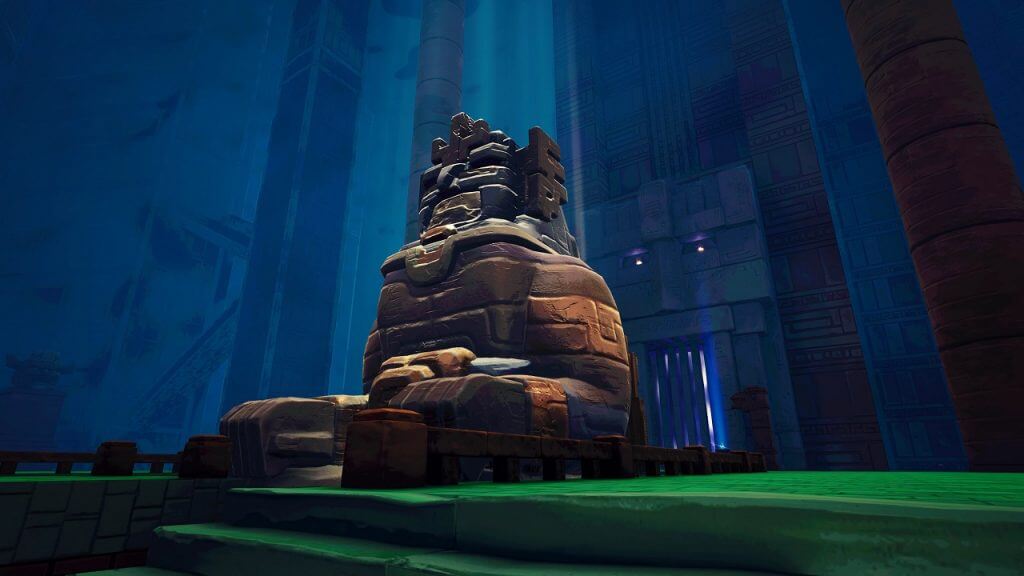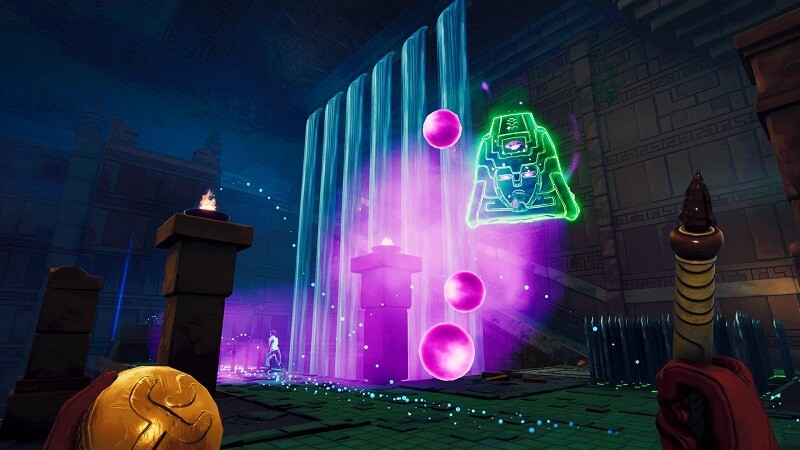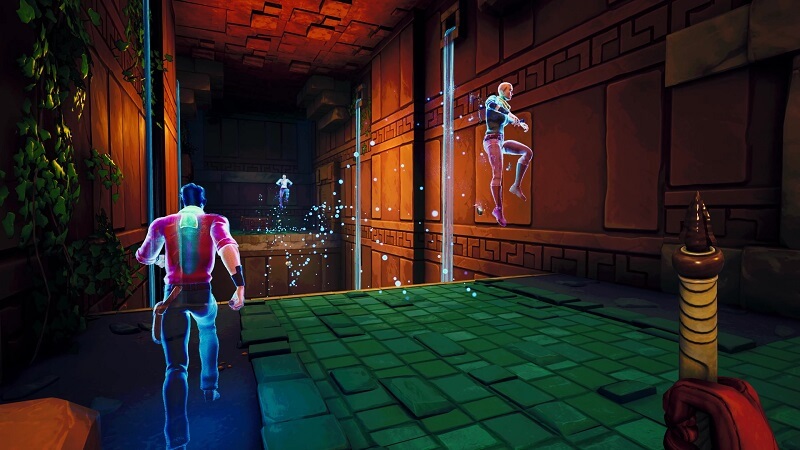Skip To...
We’ve all seen them at one point or another. Whether it be just a single film, or the whole quartet (and soon to be quintet), the Indiana Jones movies live near and dear to many hearts. Watching the clumsy adventures of Harrison Ford as he saves the day numerous times is a joy to see even these days, despite the first film being 40 years old (feel old yet?). At some point in time though, you’re bound to have asked yourself “what if I was in that situation?”. If you’re one of those people, then Phantom Abyss is here to scratch that itch along with a few you have never known you had. Do its humble beginnings spell well for its temple-running future though? Find out in my early impressions of Phantom Abyss!
Phantom Abyss is currently available in early access on Steam.
Prepping for Your Journey into the Phantom Abyss
Walking your way into a temple is quite easy on your first run of the tutorial. As to be expected, the game teaches you all the basic ideas from running, jumping, sliding, and avoiding traps. At first glance, you may presume the game is Mirror’s Edge in a temple, and you’d be right, though one particular item of note adds a trick up your sleeve. That trick is the whip, which lets you grapple onto various surfaces provided they’re close enough. This provides a very intriguing twist, one that proves to heighten that speed that can be associated with Phantom Abyss, and one that I hope to see further refined throughout early access.
Joining this rather unique mechanic are, of course, the phantoms. You don’t ever do runs alongside other players in real-time, but rather run alongside their previous attempts where they’ve failed. These can be helpful for some, but can only help so long. With each of them losing their whips upon failing this temple though, it puts into perspective the stakes of success. Not only are you protecting your whip, but you’re potentially giving 12 others back their whips. With some whips providing help thanks to the phantoms (more on that shortly), it makes these simple recordings feel that much more impactful, especially when considering you could be the only one in the world to complete the said stage. That gratification simply is unmatched in other titles, setting an already fresh concept apart even further from its comparisons.
It wouldn’t be a temple without plenty of traps to avoid though, and Phantom Abyss offers up a smorgasbord of traps for you to avoid. Spike traps, spinning blades, swinging battering rams, you name it. If you can think of an effective trap, chances are it’s been thought of. And while I’ve wanted to throw a few expletives when I inevitably fail to avoid said traps, I found they added a surprising amount of depth to the experience. Given the procedurally generated nature of the title, you’re always left with something you wouldn’t normally expect, and it keeps things incredibly fresh. No matter if you’re struggling with the early stages of the game, or find yourself completing the endgame consistently, you’re always on your toes, making for an intense and replayable experience
And if that wasn’t enough for you, completing runs with the game’s numerous whips will be. At first, having different whips may seem strictly cosmetic, but their bonuses play a huge part in your success. From something as simple as more health to complex buffs such as healing when completing various actions, each one can provide a completely different experience on that particular run. Even when completing the final area the first time, finding each of the whips and upgrading them is surprisingly endearing. After writing this review, I’ll no doubt jump back into Phantom Abyss just to improve the rest of the early access whips. Will I succeed though? That’s a matter I’d rather not discuss.
My skill in video games aside, I’m shocked by just how replayable Phantom Abyss can be. That mentality of “just one more run” that many roguelikes strive to embody feels even more apparent than that genre. I would even go as far as to say that Phantom Abyss’s replayability is some of the best I’ve seen in a video game period, and we’re only in early access. Whatever shape the final product may be, I hope that strong point continues to be reinforced.
Flying Through Temples at Breakneck Speed
I’m happy to say that complementing the well-refined, replayable experience Phantom Abyss wears as a badge of honor is a well-designed musical and visual suite. It’s never going to give the “wow!” moments of triple-A heavily funded titles, but its cartoonish, simple look is the only kind that can fit Phantom Abyss and its fairly unrealistic nature. That also proves beneficial in the realm of performance (though in its current state this proves everything but the truth, yet I digress), but mainly serves to build the atmosphere of these unnatural circumstances.
On the music side of things, the game’s various tracks exist to serve the rather challenging enemies who cause all sorts of havoc during runs. They’re fairly tame when the enemies are distant from you, but when they get close, you really feel the tension. The amount of times the music has gone absolutely bananas when close to the Devouring Rage is more times than I can count, and it’s as intense the first time as it is the 12th. It’s a subtle addition, but one with a massive impact that the game would be lacking without.
Summary
Phantom Abyss is by far one of the most unique, interesting, and enjoyable games I’ve played so far this year. Nearly everything about it is either handcrafted to perfection, made to be unlike anything else available, or in most cases both. There’s very little wrong with the game right now, omitting the usual issues with early access (lack of content, bugs galore, etc.) and I hope the developer keeps true to that for the remainder of early access. If the team at Team WIBY can continue to build up what’s been brought upon so far (and fix its early access issues), Phantom Abyss may well be my game of the year when it fully releases.










